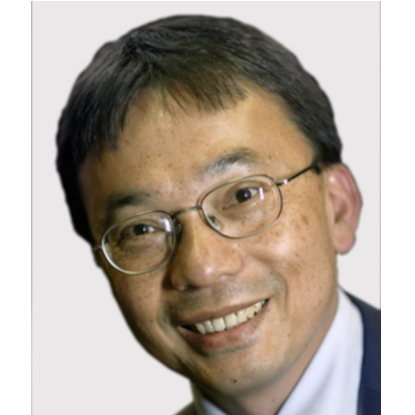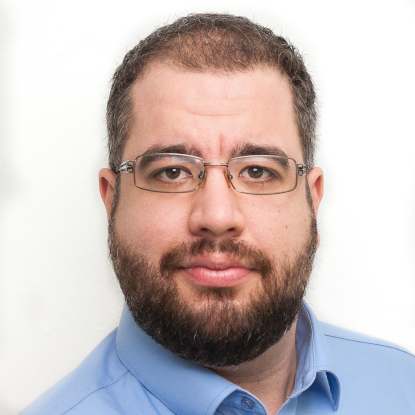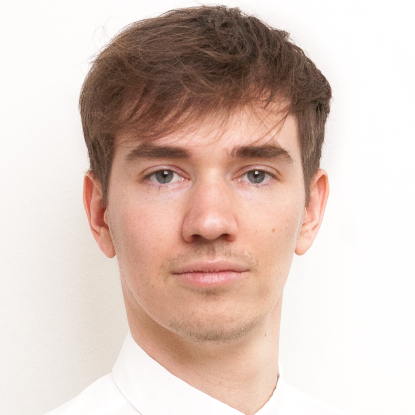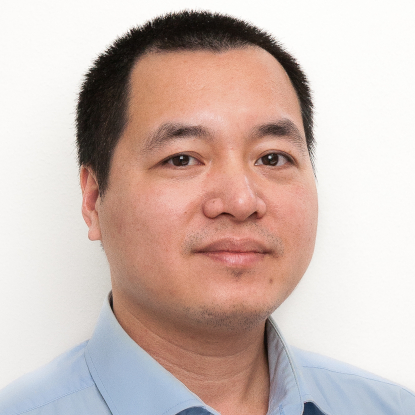Analysis and modeling of semiconductor light sources
Due to the constant optimization of semiconductor-based light and radiation sources, conventional light sources are being replaced in many areas of application by significantly more efficient semiconductor emitters. In the area of general lighting, mainly white LEDs are used, which can also be used in street lights and vehicle headlights. Lighting systems, which are designed for use in plant lighting, are mainly based on a combination of emitters in the blue and red spectral range in order to be able to stimulate the growth of plants in a targeted manner.
Due to the possibility of varying binary and ternary semiconductor structures in their composition and arrangement, emissions outside the visible spectral range can be realized. The latter can be located in the ultraviolet and infrared spectral range and are used in special applications and radiation units.
To offer additional advantages over conventional light and radiation sources regardless of the area of application, the aim is to achieve the longest possible service life and reliability of the semiconductor components and luminaires based on them.
The occurrence of gradual or spontaneous aging mechanisms influences the long-term stability of the components. In addition, the progression of the aging process can be accelerated by choice of operating parameters and the ambient conditions of the light sources. In addition to the operating current and the operating temperature, the aging mechanisms can be influenced by moisture, radiation, and harmful gases. The LEDs have different aging mechanisms that can be seen in the semiconductor structures or in the respective housing designs, depending on their design and emission wavelengths.
Due to the complexity of the aging mechanisms and the variety of different housing designs and semiconductor structures, it proves to be expedient to examine the respective physical aging mechanisms depending on the operating and environmental conditions.
Through numerous industrial and research projects, the lighting technology department has developed significant expertise in this area of LED technology, with which the aging behavior of different LEDs and luminaires can be analyzed and assessed. Based on accelerated aging tests, degradation mechanisms are recorded, and models are derived with which the degradation behavior can be calculated for different influencing parameters in in-situ conditions.
Current research questions and projects deal with the influence of moisture on the degradation behavior of fluorescent-converted white light LEDs. Additionally, the aging behavior of ultraviolet emitters is analyzed depending on different housing designs and operating conditions.
Using fully automated aging measuring stations, dynamic test concepts are developed with which future aging tests can be optimized both with regard to the test times and the required amount of data.
Further research focuses are:
- Influence of optical radiation on the degradation behavior of the semiconductor structures
- Dynamic degradation tests
- Influence of humidity/temperature on the aging of LED modules
- Status monitoring of LEDs
- Digital twins for LED components






